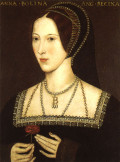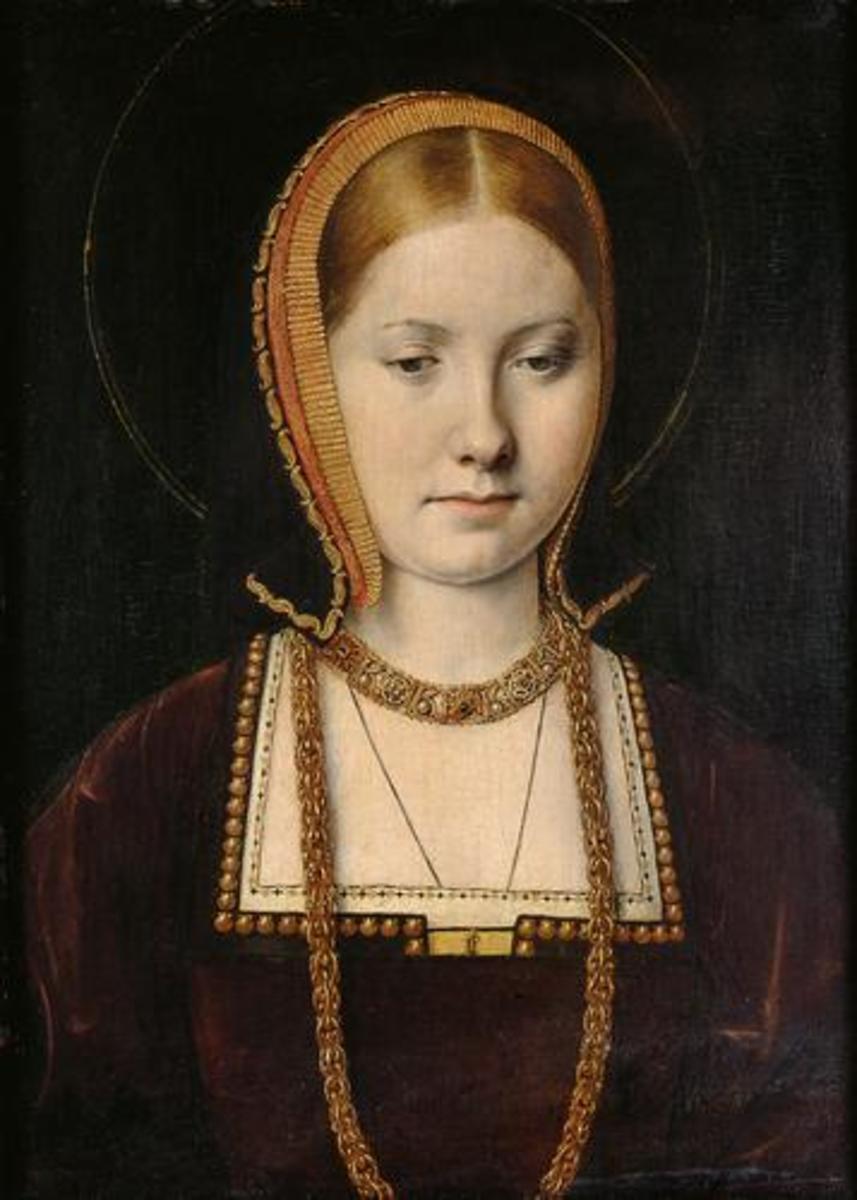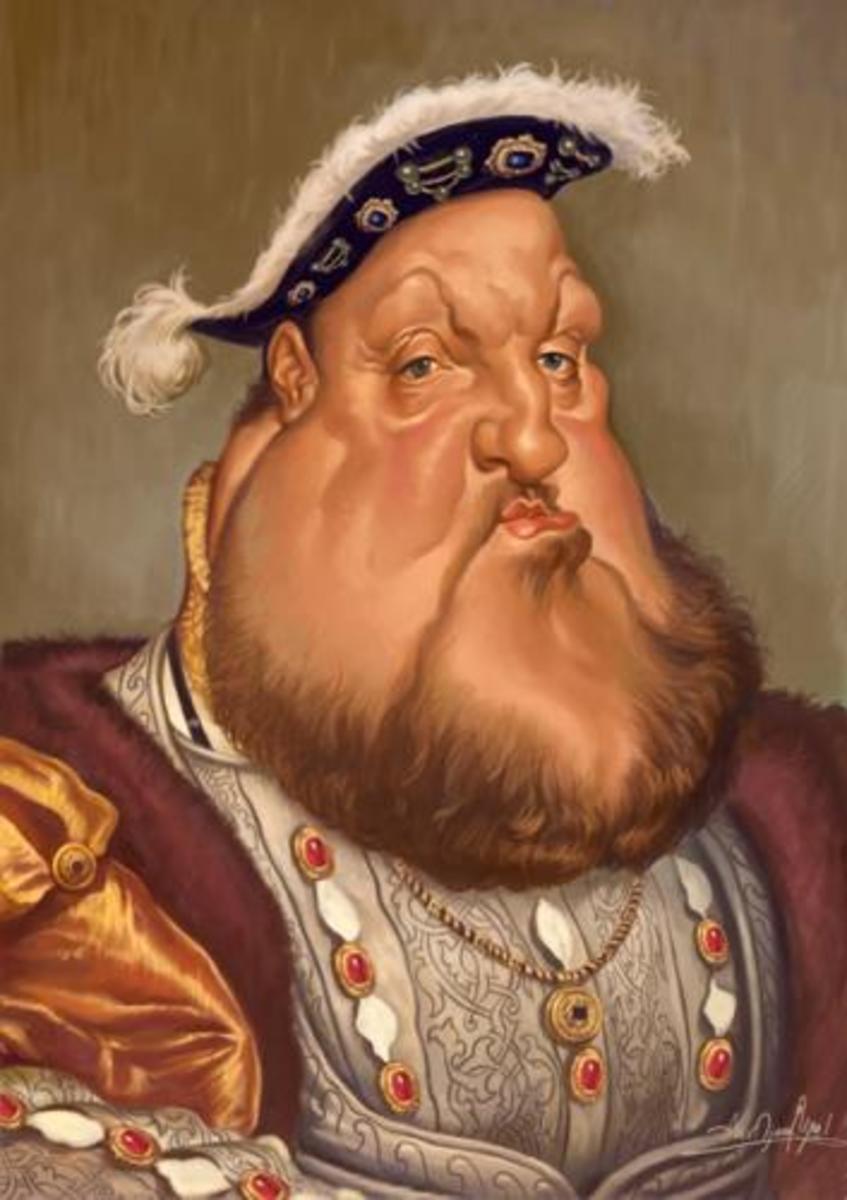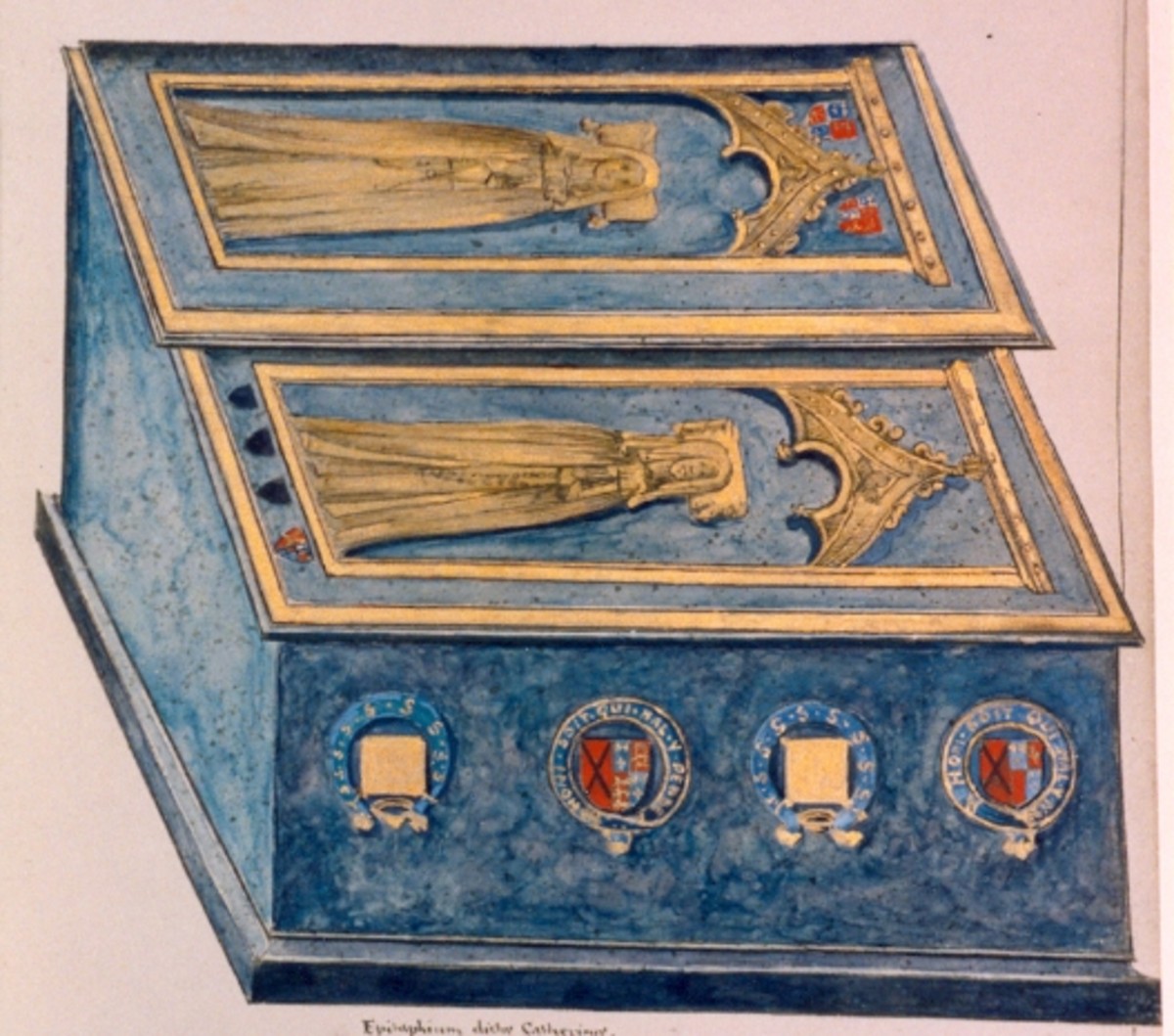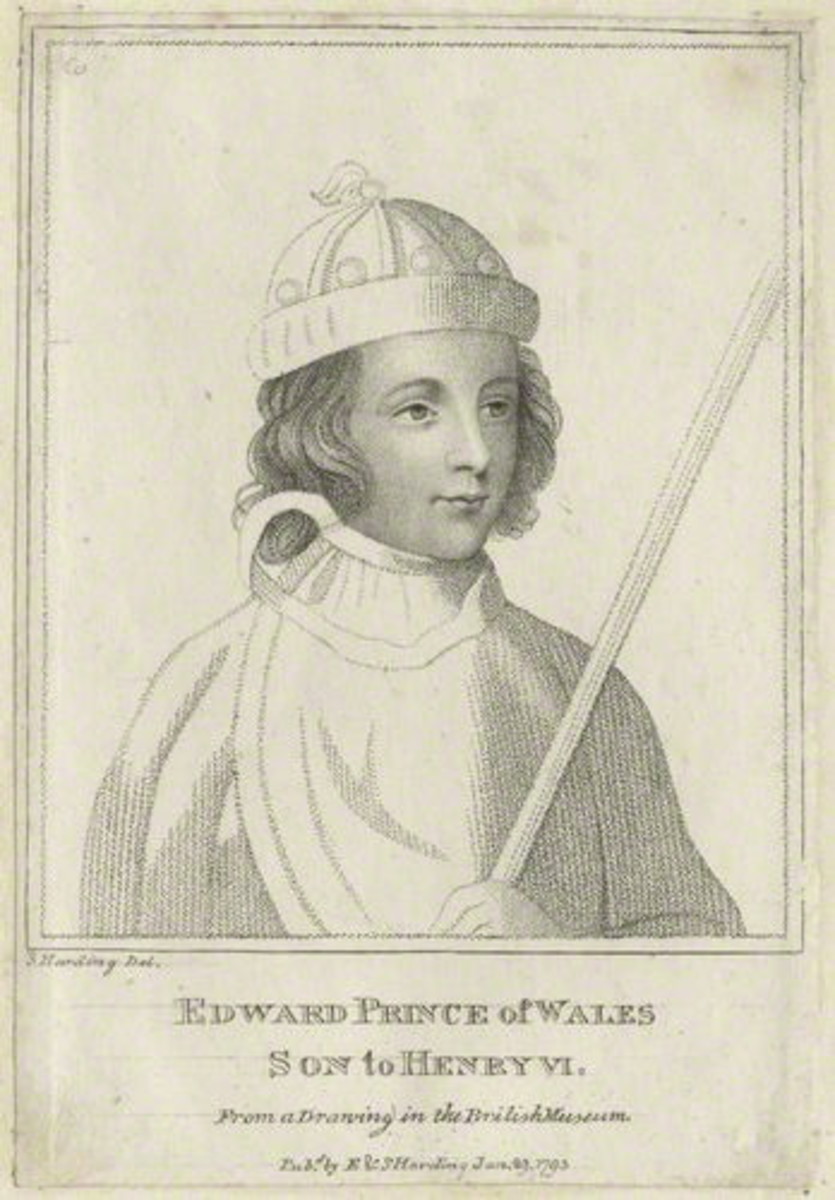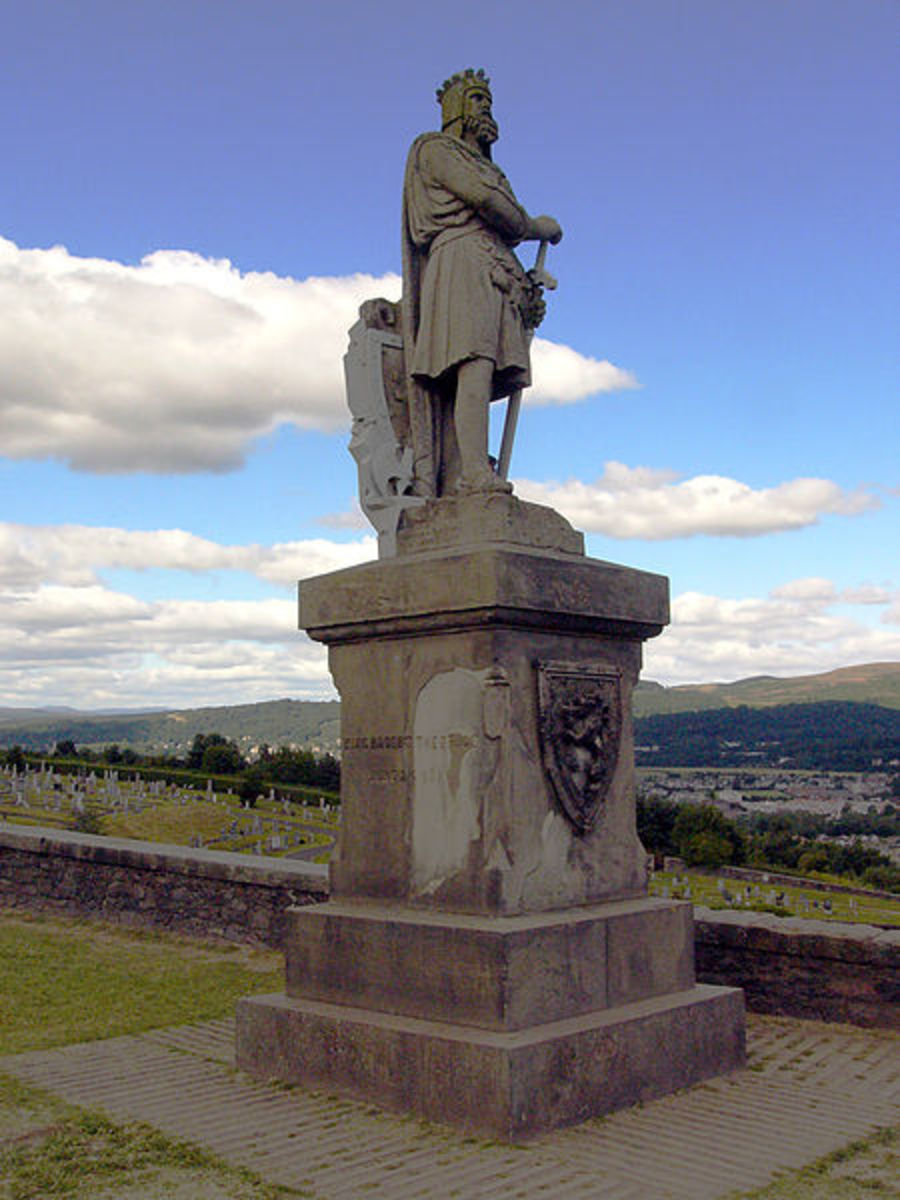Henry Pole and Henry Courtenay Are Executed for Treason
On January 9, 1539, two men were executed. In the December of 1539, they were both found guilty of high treason by favoring the death of King Henry VIII, denying that the King was the Supreme Head of the Church and favoring Henry Pole’s brother, Cardinal Reginald Pole. Henry Pole was part of the team that found Anne Boleyn guilty in 1536 and Henry Courtenay was a cousin of the king.
1st Baron Montagu – Henry Pole
Pole was born around 1492 to Sir Richard Pole and Margaret Pole, 8th Countess of Salisbury. His mother was godmother to Mary I of England and was also arrested for the crimes with her son but held in the tower and executed in 1541. Pole’s eldest brother was Cardinal Reginald Pole, the last catholic Archbishop of Canterbury. Pole was never able to see this as it was not until Mary I’s reign that Cardinal Pole was given the title.
Henry Pole became a knight in 1513 and was then given the title 1st Baron Montagu a year later. He gained more titles throughout Henry VIII’s reign; the highest being the Justice of the Peace for Dorset, Hampshire, Somerset and Sussex.
The Marriage and Children of Henry Pole
Pole married between 1510 and 1513 – although the date is not exactly clear. His wife was Jane Nevill, the daughter of the 4th Baron Abergavenny, George Nevill. They had four children together; their first in 1511 and their last after 1521. The dates of the births are very unclear and very little is known about them.
Pole was a strong supporter of the catholic religion and he hated the destruction of the monasteries. At first, Geoffrey Pole, a younger brother, was arrested due to communications with Cardinal Pole. During questioning, he admitted that Henry Pole and his mother were also in correspondence with Reginald Pole. Pole, his wife and son, Henry Pole, were arrested in November 1538 and taken to the Tower of London during the next month. All their titles and land were forfeited. Henry Courtenay and Pole’s mother were arrested shortly afterwards.
Books about Tudor England
Henry Courtenay, Cousin of the King
Henry Courtenay’s father was the Earl of Devon but imprisoned in the Tower of London by Henry VII. The title was forfeited and Courtenay lost the chance to inherit the title. It is likely that Henry VII was trying to remove all those who had a connection to the throne. However, on the death of Henry VII, Courtenay’s father was released and restored to his title. On his father’s death, Courenay inherited the title, although the attainder that removed the title had not been completely removed at the time. It was not until 1512 that Courtenay was given all the titles and lands that his grandfather had.
Courtenay gained favor with Henry VIII and was made a member of the Privy Council in the May of 1520 and made the Knight of the Garter on June 9, 1521, after the death of Edward Stafford. He became the Keeper of Burling Park, Kent a few years later and then in 1525, became the Marquess of Exeter.
Henry Courtenay played a pivotal role in arguing for Henry VIII’s divorce from Katharine of Aragon and he signed all documents for the prosecution of Cardinal Wolsey. While he helped Henry VIII find a way to marry Anne Boleyn, he was also there to convict her at her trial in May 1536.
Political Rival of Thomas Cromwell
Henry Courtenay seemed to continually rise in Henry VIII’s favor and constantly did as he was asked but this led to him becoming a strong rival for Thomas Cromwell’s search for political power. Courtenay’s wife was a devout catholic, in contact with Katherine of Aragon before her death in 1536. This is something that Cromwell was able to use against Courtenay to help create his downfall.
It also became apparent that Courtenay was in correspondence with Cardinal Reginald Pole. Cromwell managed to convince Henry VIII that Courtenay was part of a plot, with Henry and Geoffrey Pole, to bring back the catholic religion to England. He, with his wife and son, were arrested in November 1538 and he faced trial on December 3 but there was very little evidence to support is involvement in the conspiracy. It was his connection to Cardinal Pole that caused a jury of his peers – two other Marquess – to find him guilty of the charges.
The Execution of the Two Henrys
Both Henrys were executed at Tower Hill on January 9, 1539. The only people to be released from the tower were Courtenay’s wife and son – his wife released in 1540 and his son by Mary I in 1553. It is possible that Henry Pole’s son would have been released if he had lived long enough to see Queen Mary rise to the throne but he died, possibly of starvation, in 1542.


